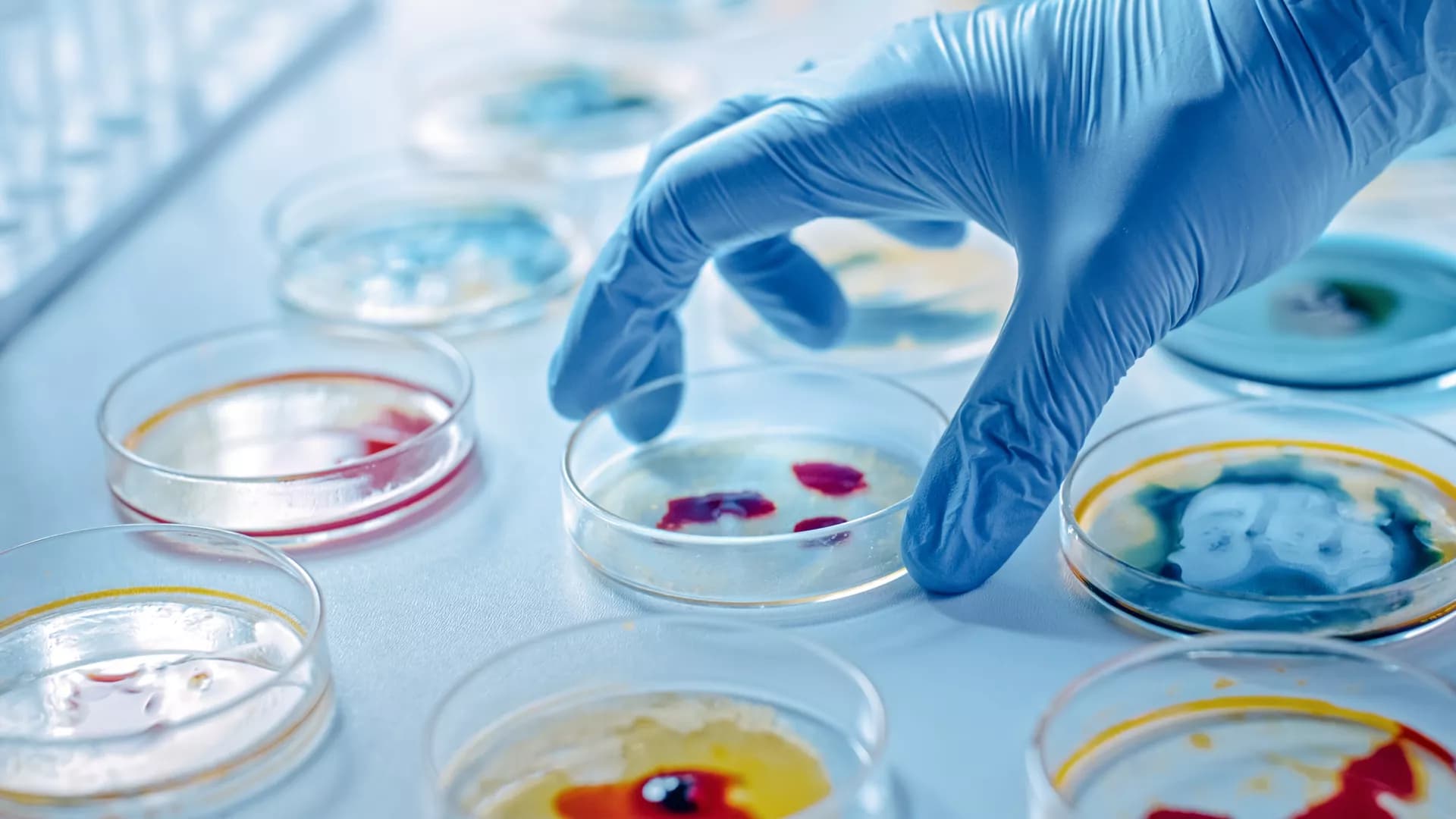Nitrogen is a major element of all organisms accounting for around 6% of their dry mass on average. In nature, nitrogen undergoes a variety of redox reactions that produce several nitrogenous compounds, showing redox states ranging from +5 to -3. These redox reactions are performed by different organisms making up the biological N-cycle. Natural processes contribute to the biogeochemical nitrogen cycle balance. However, anthropogenic activities have been significantly perturbing this cycle during the last century: the accumulation of reactive nitrogen in air, soils and waters has negatively affected the quality of these systems and it has negative impacts on human health, biodiversity and climate.
The nitrogen cycle is one of the most important biogeochemical cycles on the planet and involves a wide range of nitrogen species and biochemical transformations. As an essential element, nitrogen is critical to crop productivity in agriculture, but many environmental issues, such as production of greenhouse and ozone-depleting gases, are linked to the production of nitrogen fertilizer and its extensive use globally. This Research Topic will review current advances in the understanding of a variety of different transformations in the nitrogen cycle at the molecular, physiological and environmental levels. Applications in biotechnology and the interaction of the nitrogen cycle with other biogeochemical cycles, such as the sulfur, iron and carbon cycles, will also be addressed.
Articles to be published in this Research Topic (Original Research, Commentaries, Opinion, Reviews) should contribute to understanding new challenges on the N-cycle from interdisciplinary approaches, summarizing the recent advances presented at the European Nitrogen Cycle meetings.
- N-cycle pathways (biochemical, molecular biology, microbiological, ecological approaches)
-Nitrogen assimilation, fixation and respiration
- Nitrogenous gasses emissions and climate change
- Nitric oxide as part of the interaction pathogen-host
- N-cycle and biotechnology
- Nitrogen and environmental policies worldwide
- Ammonification/nitrification
- Dissimilatory nitrate reduction to ammonia
- Annamox and denitrification
- Applications on bioremediation (soil and water) of nitrogenous compounds
Nitrogen is a major element of all organisms accounting for around 6% of their dry mass on average. In nature, nitrogen undergoes a variety of redox reactions that produce several nitrogenous compounds, showing redox states ranging from +5 to -3. These redox reactions are performed by different organisms making up the biological N-cycle. Natural processes contribute to the biogeochemical nitrogen cycle balance. However, anthropogenic activities have been significantly perturbing this cycle during the last century: the accumulation of reactive nitrogen in air, soils and waters has negatively affected the quality of these systems and it has negative impacts on human health, biodiversity and climate.
The nitrogen cycle is one of the most important biogeochemical cycles on the planet and involves a wide range of nitrogen species and biochemical transformations. As an essential element, nitrogen is critical to crop productivity in agriculture, but many environmental issues, such as production of greenhouse and ozone-depleting gases, are linked to the production of nitrogen fertilizer and its extensive use globally. This Research Topic will review current advances in the understanding of a variety of different transformations in the nitrogen cycle at the molecular, physiological and environmental levels. Applications in biotechnology and the interaction of the nitrogen cycle with other biogeochemical cycles, such as the sulfur, iron and carbon cycles, will also be addressed.
Articles to be published in this Research Topic (Original Research, Commentaries, Opinion, Reviews) should contribute to understanding new challenges on the N-cycle from interdisciplinary approaches, summarizing the recent advances presented at the European Nitrogen Cycle meetings.
- N-cycle pathways (biochemical, molecular biology, microbiological, ecological approaches)
-Nitrogen assimilation, fixation and respiration
- Nitrogenous gasses emissions and climate change
- Nitric oxide as part of the interaction pathogen-host
- N-cycle and biotechnology
- Nitrogen and environmental policies worldwide
- Ammonification/nitrification
- Dissimilatory nitrate reduction to ammonia
- Annamox and denitrification
- Applications on bioremediation (soil and water) of nitrogenous compounds




![The regulatory proteins FixK2 and NnrR are involved in the control of cycA expression. (A) Profile of heme-stained soluble proteins from B. diazoefficiens WT, and fixK2, nnrR, and cycA mutants. Cells were cultivated during 24 h in YEM medium in the absence (oxic, and microoxic [2% O2] conditions) or in the presence (anoxic denitrifying conditions) of 10 mM of KNO3. 50 μg of soluble proteins were loaded per lane. Heme stained c-type cytochromes identified previously are specified at the right margin and their predicted molecular mass at the left. Each panel corresponds to different sections of the same gel (soluble fractions isolated from oxically and microoxically grown cells; Supplementary Data Sheet S2A) or a different gel (soluble fractions of cells grown in anoxic denitrifying conditions; Supplementary Data Sheet S2A. (B) qRT-PCR analyses of cycA in the WT, and fixK2 and nnrR mutants. Six parallel reactions were performed with cDNA retro-transcribed from RNA isolated from cells grown in anoxic denitrifying conditions (at least two independent biological replicates per strain). Fold change (FC) values refer to the relative expression in the fixK2 and nnrR mutants compared to the WT. anoxia, anoxic denitrifying conditions.](https://www.frontiersin.org/_rtmag/_next/image?url=https%3A%2F%2Fwww.frontiersin.org%2Ffiles%2FArticles%2F468100%2Ffmicb-10-01926-HTML%2Fimage_m%2Ffmicb-10-01926-g003.jpg&w=3840&q=75)




